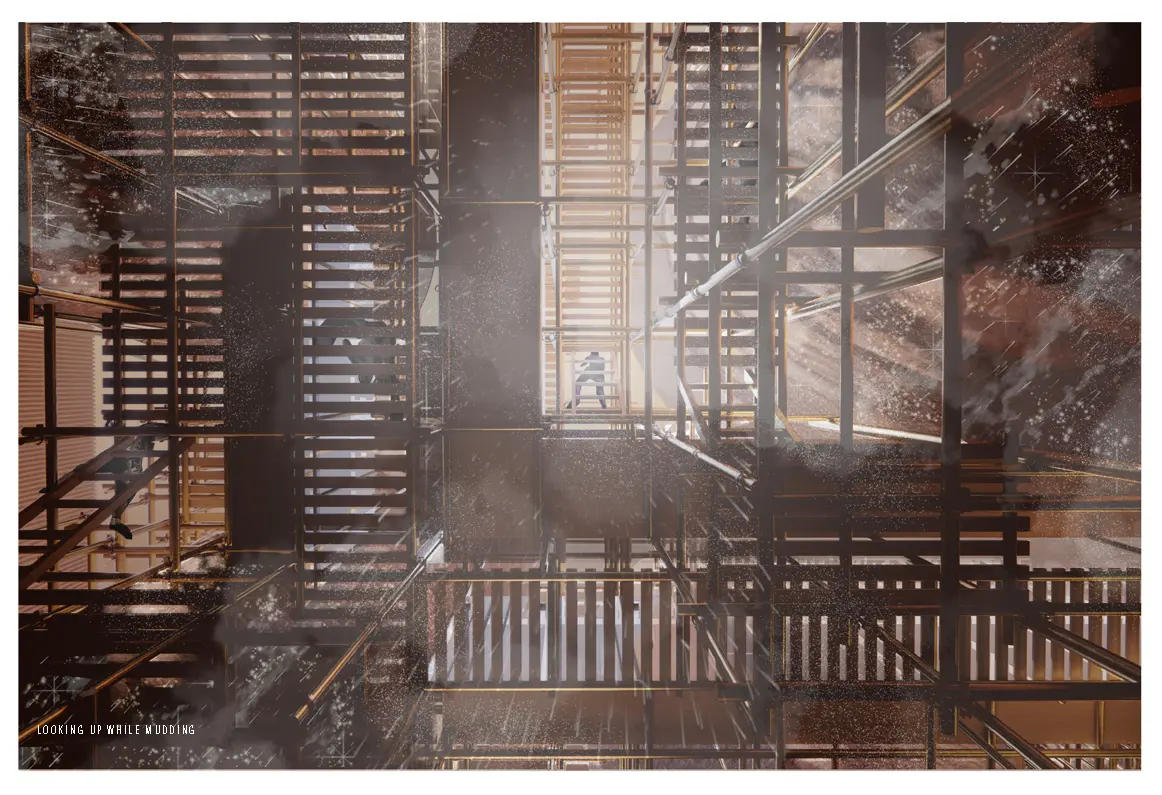
In Search of Sparkles
BY Sharyl, Ng Yun Hui
SUPERVISED BY Assoc. Prof. Tsuto Sakamoto
STUDIO THEME ASSEMBLAGE
Abstract
In Search of Sparkles is an investigation into the dual narratives of visible cosmetic beauty and unseen labour production surrounding Mica Mineral. Mica can be found in many cosmetic products, and it is a mineral that provides the shimmering and sparkling effect.
The project also looks at the ways in which the rapid proliferation of information is investigated, curated, and consumed by its relevant parties, the thesis is inspired by the recent bad press against the usage of Mica in cosmetic. These articles, revealing the ugly secrets of the Mica mining process, presented a greater topic of doctored media portrayal of cosmetic products by beauty companies to conceal the hidden unethical production of Mica. This formed a contrasting dialectic between the unreal beautified portrayal of the product and the hidden realities concealed within. As the beauty industry is about celebrating the ideal image of beauty, the revealing of Mica miners raises ethnical issues which would tarnish their reputation hence efforts were made to veil this issue. Companies such as Sephora exploits human desire to be beautiful through visual representations and the deployment of mirrors as a veil to continue the consumption cycle which is reflected at the space of consumption.
The objective of this thesis project is to raise public awareness on mica mining through a position of a beauty company responding to the recent bad press, identifying that the issue is due to the isolation of consumer from the reality of the miner’s conditions that results in consumers who don’t understand or are not aware of the ‘cost’ of mica. The architecture strategy is to draw parallels between the mica mining site in India and the shop/spa experience, by manipulating the practices and expectations of beauty patrons while in pursuit of their personal beauty that creates the moment captured in the narcist painting while accentuating the intricate craft of mica harvesting. This is done so by interweaving 2 experiences of the spa and shop where the same spaces evoke a double meaning/ perspective. For the shop, this is done through the usage of reflection as a form of spatial device to engage with the patrons. As for the spa, it uses the flow of water and behaviour of clay to inform the spa sequence.
However, as one starts to experience the commercial activity, a sense of ambivalence is evoked as the experience reveals an uncanny resemblance between the miners and patrons where the patrons’ behaviour and movements unknowingly transition similarly to a mica miner while searching for sparkles. Through this PR expression, it seemingly tries to uncover and convey the hardship of the miners, however it is undoubtedly still an attempt to veil the situation of mica mining in India.
Supervisor Comments
Media obscure various facts by manipulating information. Engaging with the issue, and taking mining, trade and consumption processes of ‘mica’- a cosmetic ingredient as a topic, the project explored a possibility where media architecture become a device to enhance people’s awareness of even an undesirable fact. Placed on Orchard Road in Singapore, a museum shop for mica-products introduces a creative hands-on experience to the consumers, while by using mirrors and projection, such an experience is overlapped with images of labor exploitation that occurs in the mining process. Staying in the space where the temperature and humidity are matched with the mine, and glancing at themselves in the overlapped images, the consumers would aware the fact while appreciating the mica as a precious product.
- Assoc. Prof. Tsuto Sakamoto